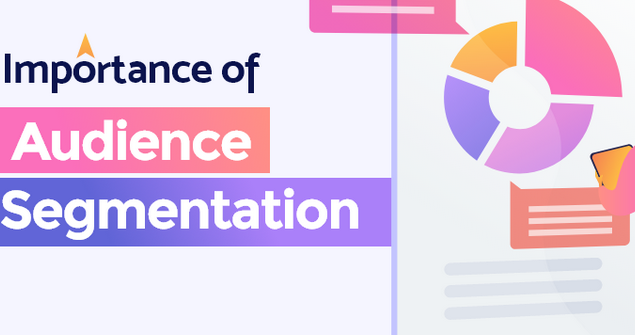Audience Segmentation Research
Audience segmentation research is a strategic process that involves dividing a target audience into distinct, homogeneous groups based on shared characteristics, behaviors, and preferences. This critical marketing and communication tool allows businesses and organizations to tailor their messages, products, and services more effectively to meet the unique needs and interests of different customer segments.
The primary objective of segmentation research is to gain a deeper understanding of a diverse customer base, enabling businesses to craft more relevant and personalized marketing strategies. By categorizing individuals or groups with similar traits, such as age, gender, geographic location, purchasing behavior, or psychographic factors, organizations can refine their messaging and promotional efforts, ultimately enhancing engagement and conversion rates.
Through data analysis and market research, organizations can identify key insights about each segment, including their pain points, motivations, and preferred communication channels. Armed with this information, they can develop targeted advertising campaigns, product innovations, and customer experiences that resonate with each specific segment, fostering customer loyalty and brand affinity.
Audience segmentation research not only boosts marketing efficiency but also minimizes wasted resources by focusing efforts where they are most likely to yield positive results. Furthermore, as customer preferences evolve, continuous segmentation research helps organizations stay agile and adaptable in a dynamic marketplace.
In summary, audience segmentation research empowers businesses and organizations to connect with their audiences on a more personal level, increase the effectiveness of their marketing efforts, and remain competitive by staying attuned to changing consumer dynamics. It serves as a cornerstone of successful marketing strategies in today’s data-driven and customer-centric landscape.


